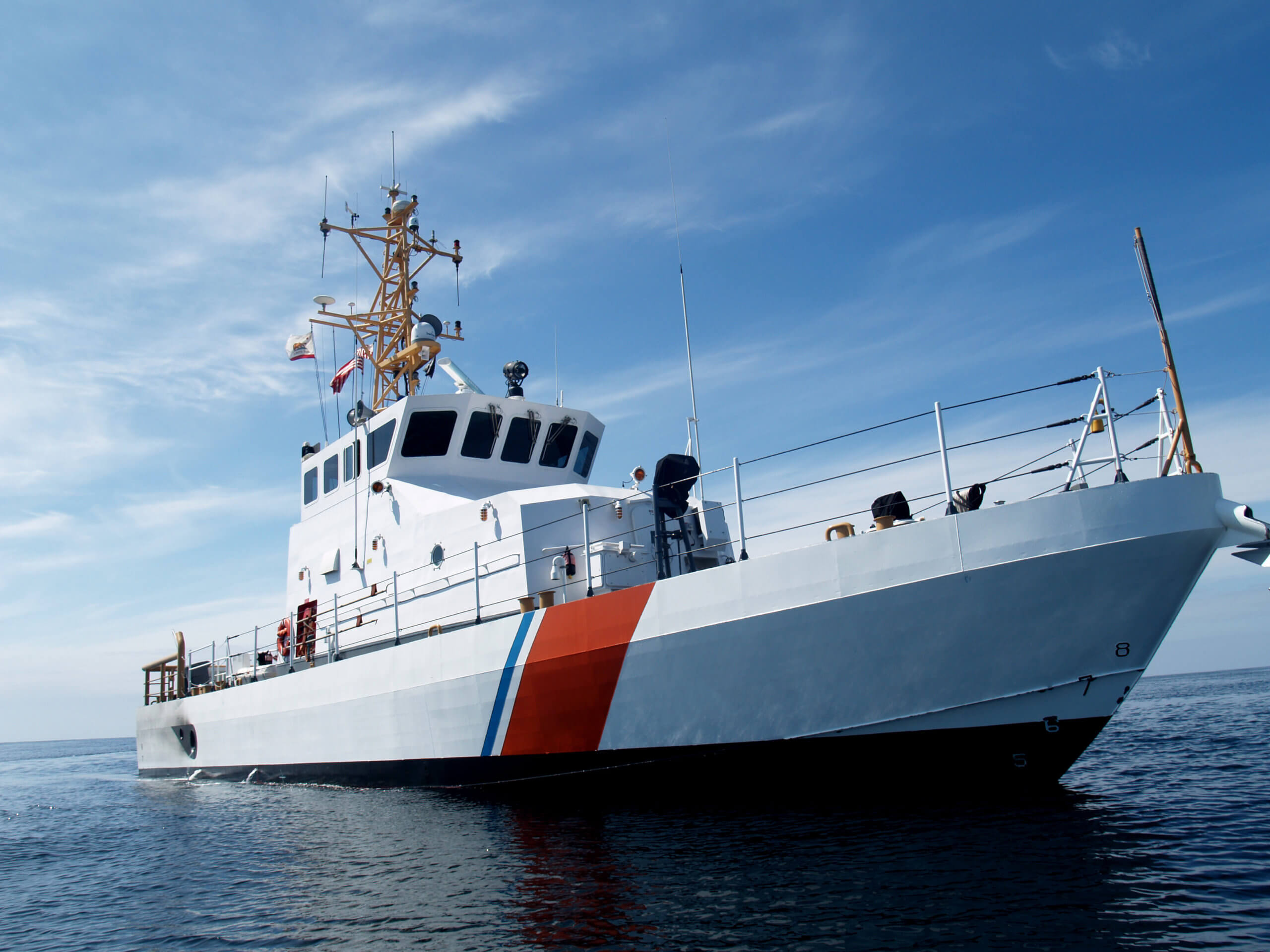Preventing A Collision At Sea, Part IX

Rule 17, seemingly a simple rule, has some subtle nuances that, in failing to understand them, may in fact lead to more collisions at sea than people realize. Call it what you will, but getting into a collision because you thought you had the right of way is just plain dumb, bad seamanship, and potentially fatal.
What does Rule 17 say?
A-I states: Where one of two vessels is to keep out of the way, the other shall keep her course and speed.
OK, that is easy enough. What’s the big deal?
A-II states: The latter — the stand-on vessel) —may, however, act to avoid collision by her maneuver alone, as soon as it becomes apparent that the vessel required to keep out of the way is not taking appropriate action in compliance with the International Regulations for Preventing Collisions at Sea, or COLREGS.
Right. If the other guy or gal isn’t doing what he or she is supposed to do, I can do it for him or her. Still got it…
17-B states: When, from any cause, the vessel required to keep her course and speed leads her to find herself so close that collision cannot be avoided by the action of the give-way vessel alone, she shall take such action that will best aid to avoid collision.
Huh? How is 17-B different from 17-A-II? A key difference: 17-A-II says the stand-on vessel may act; 17-B says the stand-on vessel shall act, which means must in COLREG-terms. The burden to avoid collision is now shared. Remember, in front of an admiralty or maritime board, 100 percent blame is apportioned, and it is never 100-0. You can’t claim that you were forced into a collision because of 17-B. 17-D, by the way, affirmatively says that no matter what the stand-on vessel does, the give-way vessel is not relieved of her duty to act.
17-C states: A power-driven vessel which takes action in a crossing situation in accordance with the subparagraph 17-A-II of this rule to avoid collision with another power-driven vessel shall, if the circumstances of the case admit, not alter course to port for a vessel on her own port side.
If she won’t give way to the vessel on her starboard side, i.e., the offending vessel is on your port side, turn to starboard and run alongside her — resist the urge to mount a boarding party, but don’t forget the aspect of suction. This is best described by a real sea story — the collision between HMS Hawke, a British man o’war, and the RMS Olympic.
It happened on September 20, 1911 and it involved the 882-foot ocean liner RMS Olympic and the 360-foot British man o’war HMS Hawke near the Isle of Wight.
Hawke saw Olympic on her port side but was not reacting to signals and whistles, so Hawke put the helm over hard to starboard to attempt to run parallel. Within seconds, the suction effect of the far larger RMS Olympic pulled the HMS Hawke into her. An official board of inquiry eventually found largely against Olympic, but White Star, the owner of the RMS Olympic, countered that Hawke was at fault as the overtaking vessel, and steered directly into her. After many scientific experiments using the day’s technology, Hawke withstood the challenge based on the suction effect of the RMS Olympic. The captain of the RMS Olympic said, “In all my 31 years as a White Star captain, I have never heard of such a theory as suction.”
The captain’s name was Edward J. Smith. His next commission was a ship even grander than the Olympic. It was RMS Titanic.
Like the Hawke, you might get sucked into the very vessel that was the proximate cause of the collision at sea.
If interested in being part of the United States Coast Guard Forces, email joinusgcaux@aol.com.



